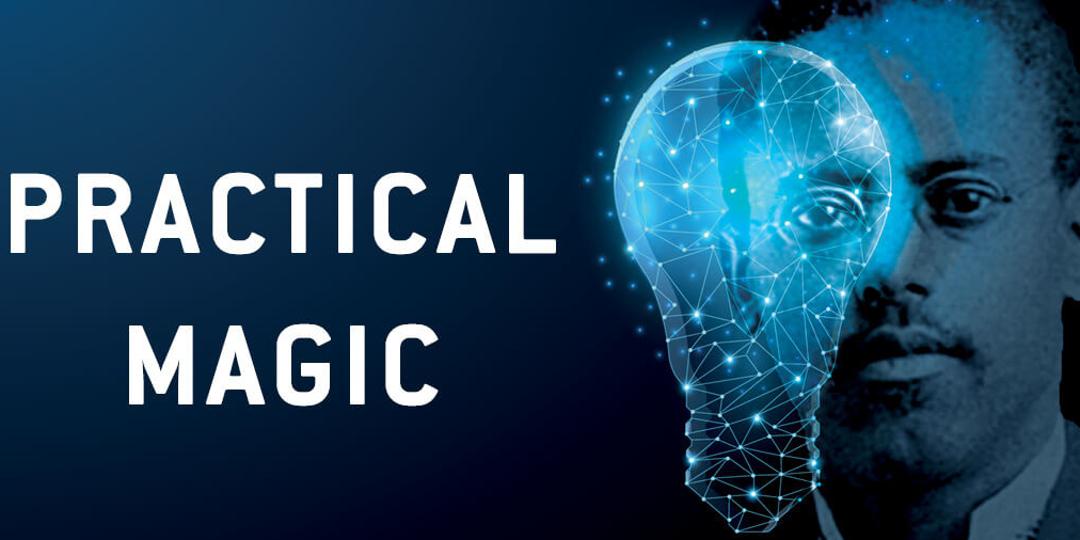In honor of Black History Month, Mister Sparky celebrates African American inventor Lewis Howard Latimer, a major (but lesser known) influence on electricity as we know it. He served as an invaluable partner to both Thomas Edison and Alexander Graham Bell, helping to patent the telephone and light bulb. Latimer was also an accomplished draftsman and inventor, credited with developing an improved “Water Closet for Railroad Cars” and an early incarnation of the air conditioning unit.
Born in 1848, Latimer, the child of former slaves, joined the U.S. Navy during the Civil War at the age of 15. He served as a Landsman on the USS Massasoit until 1865 after which he found employment as an office boy with the patent firm, Crosby, Halsted and Gould. Latimer proved himself highly skilled at mechanical and patent drawing and was promoted to head draftsman.
He quickly developed a legacy a master draftsmen and innovator, working with Alexander Graham Bell in drafting the first patent drawings of the telephone. Later, he went on to work with U.S. Electric Lighting Company and the Edison Electric Light Company.
Notably, Latimer and Joseph Nichols invented a light bulb with a carbon filament, an improvement on the original paper filament designed by Thomas Edison, patenting the method, the “Process of Manufacturing Carbons,” in 1882. In many ways, the carbon filament was much more durable as the paper filament burned out quickly.
The inventor eventually went on to work with the newly formed General Electric (GE) and supervise the installation of public electric lights throughout the U.S., Canada, and the United Kingdom.
Latimer is the author of “Incandescent Electric Lighting,” the first book on electric lighting, and an inductee to the National Inventors Hall of Fame for his work on electric filament manufacturing techniques.
As a past time, he enjoyed playing the flute and writing poetry and plays. He also volunteered his time teaching mechanical drawing and English to recent immigrants at the Henry Street Settlement in New York City.
He died in 1928. To learn more about Lewis Howard Lewis’ legacy, click here.
















